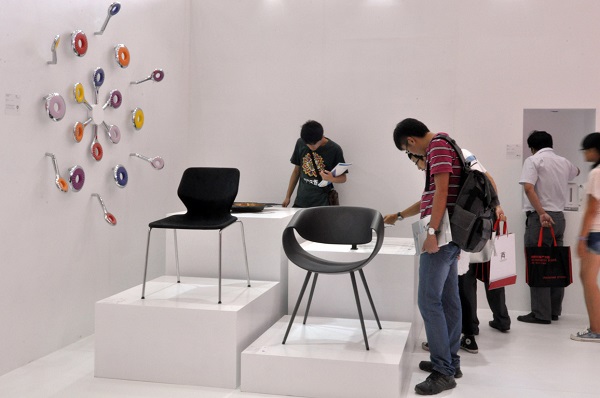A new consumer culture emerges in China
Since the 1950s, a significant consumer goods industry developed especially in the United States and Western Europe. This is still made possible by a large part of the world's disposable household income. But since the economic reforms in 1979, the wages also increased in China which led to an emerging middle class. Presently 300 million Chinese earn 10,000 to 60,000 dollars a year.
This newly gained prosperity has given rise to a positive consumer climate and let China become an important sales market. Already today, cars, TVs and refrigerators are sold the most worldwide. Moreover, the “Middle Kingdom” is the worlds’ largest mobile phone market. Since Chinese are still geared to western eating and living habits, China is particularly popular for foreign industry. But it has to face the challenge of adapting the product and communication design at Far Eastern customs. For example, cosmetic manufacturers focus less on tanning, but more on skin-lightening products. Dr. Oetker offers frozen pizzas which are cooked exclusively in microwaves because many Chinese do not have an oven.
In addition, personal relationships, social interaction and the display of status are valued much higher. This becomes apparent, among other things, in Pizza Hut offering so-called winner-menus which parents can buy to reward their children.
Despite these many examples, this development is still starting out in China: only 35 percent of the national income is invested in commodities - there are 65 percent in the US. But by 2030, China will dispose 30 percent of the global household income. Thus, the chance on another consumer growth increases which Western and especially Chinese companies want to benefit.
Since 2012, the enormous enthusiasm for good designed consumer products is evidenced during the "Xiamen International Design Business Week - Red Dot in China". In 2014, prize-winning products attracted more than 30,000 visitors.

